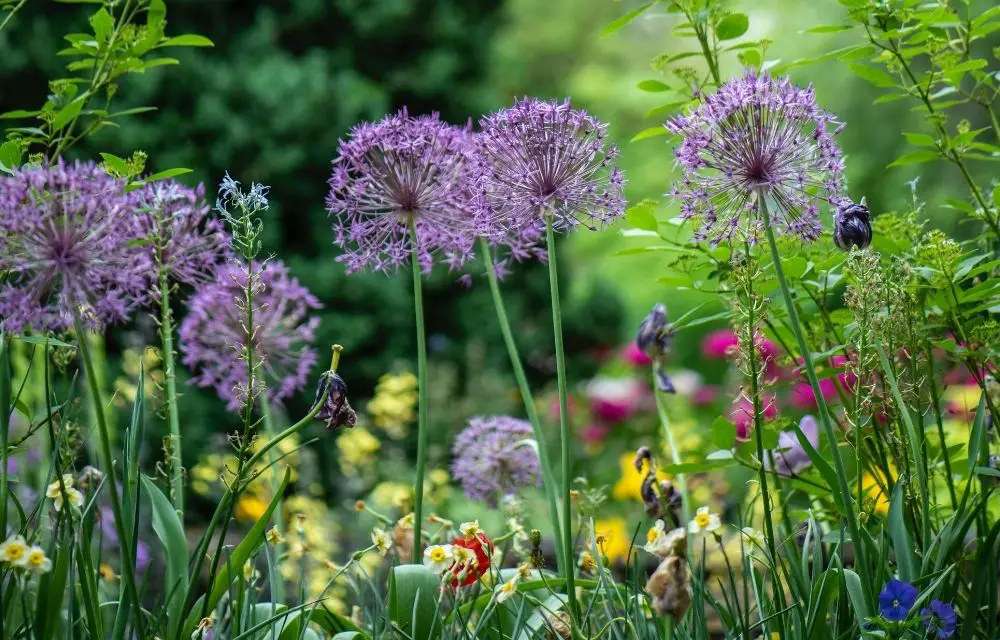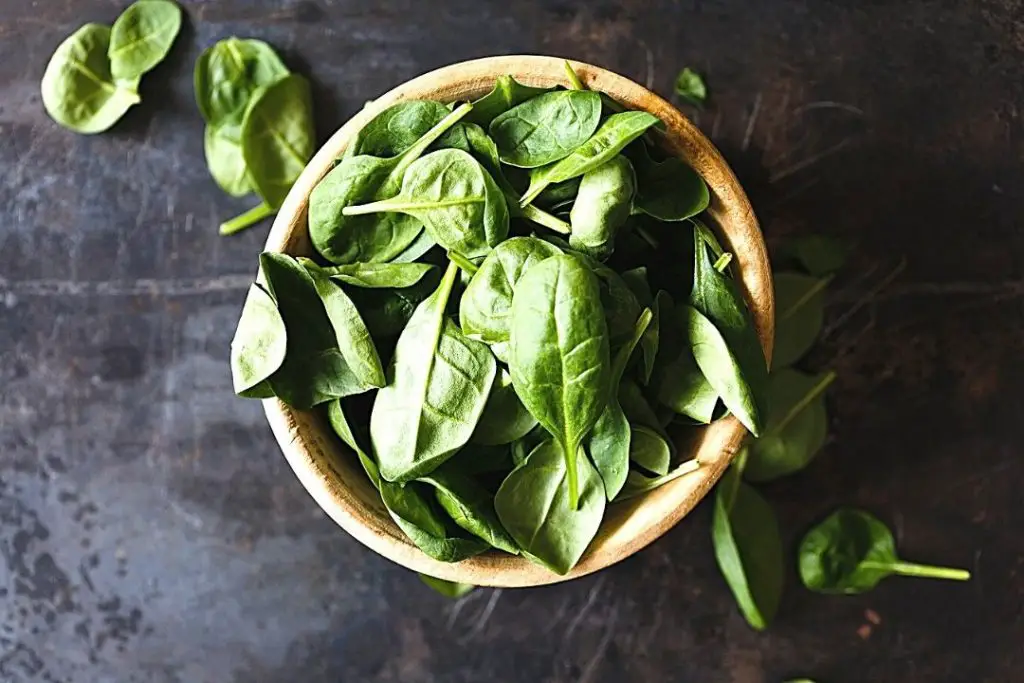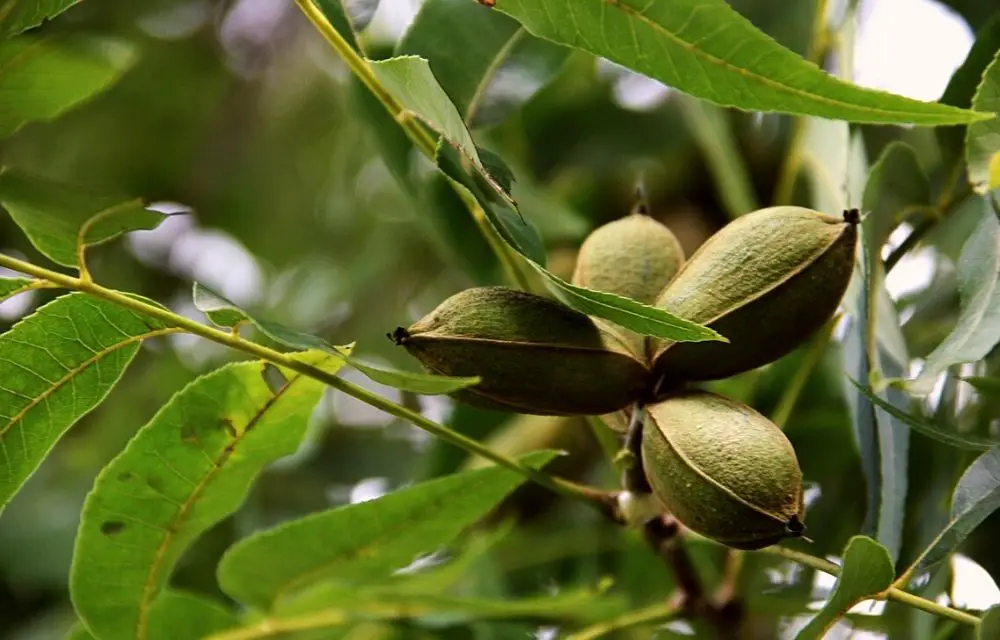Do plants that repel flies exist? Yes, plants do! It’s summer! The sun is shining, plants are blooming and the flies are buzzing around your head. It seems like you can’t escape them. But specific types of plants might be able to help with that. There are all kinds of plants out there that will repel flies from near and far – some good for your backyard, others great for a balcony or even indoors.
Some plants can do it on their own while others need a little help from us humans to keep them healthy enough to work hard repelling those pesky flies. If you’re looking for plants to fill your home with fresh air and good vibes, these 15 plants will be perfect for you!
Types of Flies
There are many different types of flies. Some plants repel some types of flies but not others. For example, plants that deter fruit fly infestations often have no effect on houseflies or horseflies. The best plants for your area may be determined by the type of fly you’re repelling and how much time you want to spend maintaining plants.
Some common flies that can be found around plants are fruit flies, houseflies, and horseflies.
When plants come into contact with bugs from the air (such as pollen or mites), they can become infested by different types of pests like ants and wasps. This is called horticultural entomology. There are many plants that do not attract these pests such as bamboo plants, plants that are toxic to bugs (such as azaleas), plants with sticky leaves or flowers like the lantana plant.
Plants can be used strategically when they’re planted near gardens and other areas of a property where pests may congregate. Some plants release chemicals throughout their growth cycle which make them more difficult for pest insects to feed on plants.
Some plants have a natural chemical called allelochemicals which repel insects and can be sprayed as an insecticide that is safe for humans to use around the house or garden. Some plants are toxic when eaten by bugs – these plants usually need care instructions noting they are poisonous, so people do not ingest them. There are some plants that release chemicals to make them taste bad so bugs won’t want to eat them.
There are many plants that do not need a lot of care and can be used in areas around the home or workplace without attracting pests because they don’t produce much food for insects. Examples include agave plants, cacti plants, plants that are toxic to pests, and plants with sticky leaves.
The best plants for you may depend on the type of insect you’re repelling and how much time you want to spend maintaining plants around the house or workplace.
Plants that Repel Flies
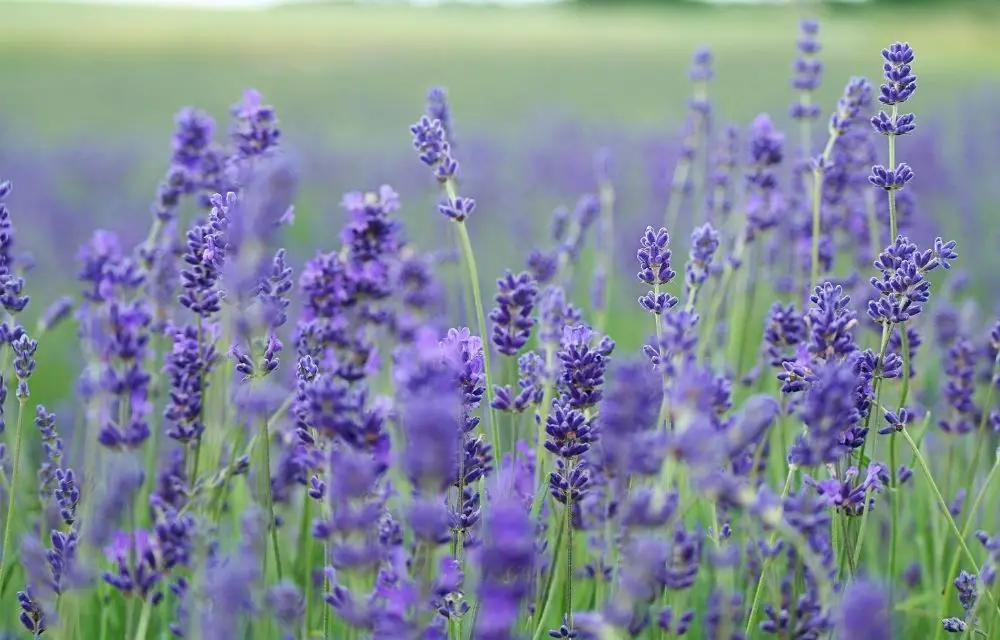
Lavender
Lavender plants are very fragrant and can make your entire property smell like a fresh meadow. Lavender plants repel many types of flies including fruit flies, houseflies, horseflies, and mosquitoes – they’re the perfect plant for keeping bugs at bay on hot summer days!
The Lavendula plants have long spikes to keep plants away from plants. They grow best in dry, sunny areas but can also be grown indoors with adequate lighting and care instructions.
Lavender plants are so fragrant that the smell will deter flies from coming near them thus keeping your plants bug-free!
Citronella plants
The plant that is best known for its fly-repelling qualities is citronella grass, which has a very strong smell due to an oily liquid called citronellal in all parts of the plants. The citronella oil is released when a plant dries out and cracks, which causes flies to stay away from it.
The citronella plant is typically planted in pots or as an ornamental groundcover to keep flies away from the home, garden, and other areas where bugs congregate around plants. The plants have long spikes to deter pests from coming near them.
Citronella plants have a strong lemon aroma that will keep flies away. They grow best in sunny areas and should be watered often when they’re placed indoors to provide adequate lighting for plants to thrive.
The citronella plants is an excellent way to deter bugs from plants because of its long spikes, potent odour, and ability to provide adequate lighting for plants to grow. Citronella plants are a great way to keep flies away from plants because the plant is fragrant, not poisonous, and grows well in many environments.
Rosemary
Rosemary plants are beautiful plants that repel flies. It is a fast-growing plant usually planted in the garden, but can also be grown inside if you just want one to catch and eat those pesky bugs. Make sure it has ample sunlight or grow lights set up for all-day coverage. The plants need well-drained soil so water plants in the morning or evening instead of midday.
The leaves are excellent for cooking and can be rubbed on your skin to repel flies. Insects don’t like its strong smell so it should also help deter plants from being eaten by them too!
It is a perennial plant that will grow back year after year. Rosemary plants are a beautiful addition to your garden while also providing protection from bugs and pests! What keeps flies away is the strong smell that rosemary plants have.
Rosemary plants are easy to maintain, and it is recommended that you prune them every now and then to make sure they remain healthy.
Pennyroyal
Pennyroyal plants are very low-maintenance plants that can also be grown indoors. Pennyroyals repel flies and other pests by releasing an aroma, which is derived from the plants’ leaves and flowers. The aroma is not noticeable to most people but insects such as flies are sensitive to it. Pennyroyal plants can be found in many different varieties including English and European Pennyroyal, which is the best variety for repelling flies.
Pennyroyal plants can also be grown in containers and placed outdoors, but these plants should not be watered directly as this may cause the plant to rot. It’s best to place a saucer under plants for drainage or use an automated watering system that allows plants to have access only when they need it.
Catnip
The plants many of us associate with cats are not only loved by our furry friends, but also repel flies. Catnip is best grown as a house plant because it can grow up to three feet tall and thrives on neglect. It’s deer-resistant too! So it’s perfect for those of you who live in a rural area where plants will get eaten by pesky pests.
Place your catnip near where you’re sitting or standing and watch flies disappear as their scent is a natural insect repellent. Catnip plants grow up to three feet tall and thrive on neglect; they’re easy to care for as long as they have plenty of sunlight.
You can also grow catnip plants in pots, so they’re perfect for apartment dwellers. Catnip plants should be watered every few days and fertilized during the growing season with a general-purpose fertilizer mixed into the soil.
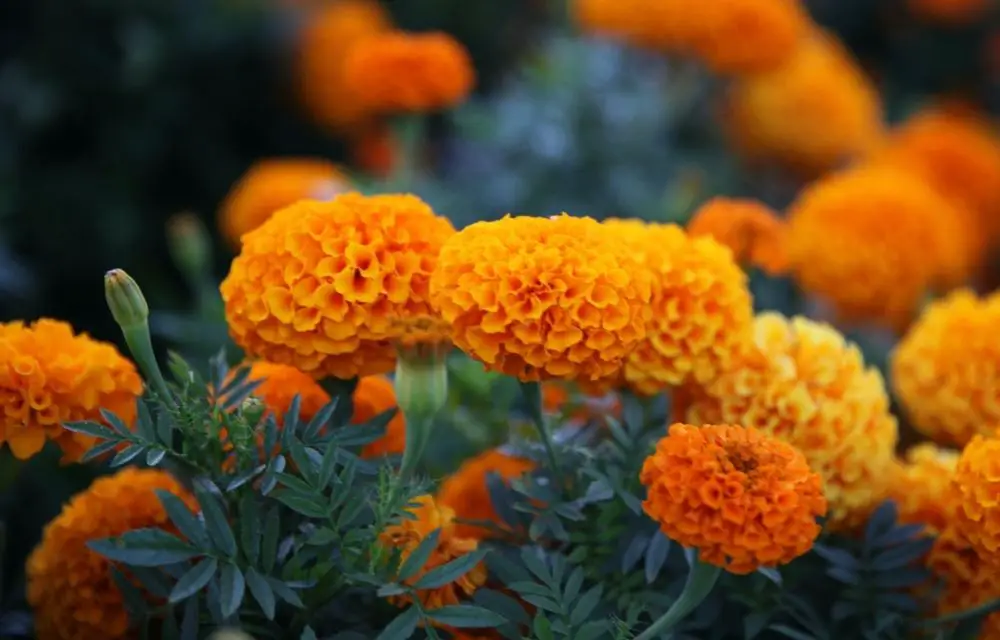
Marigold plants
Marigold plants are a great way to naturally repel flies without the use of any harmful chemicals that can be dangerous for children and pets. They produce a strong scent that repels flies. The plants don’t need much care and they grow in virtually any climate or condition, so it’s easy to just plant them and leave them alone while they do their job of keeping unwanted pests away from your home.
Marigold plants can be planted near windows where the sun shines through and will break down the air pollutants that cause plants to attract flies.
The plants prefer soil with lots of water but they are drought-tolerant plants so it is unlikely they will die from lack of moisture despite being in indirect sunlight for most days. Add compost or manure to your garden’s soil before planting marigold plants if you want them to have a more long-lasting smell that will reach plants located further away.
Eucalyptus plants
Eucalyptus plants are a great way to ward off flies. Not only is the smell fantastic and natural but it also has been proven that plants with strong smells like this can reduce fly populations by up to 90%. There are many varieties of Eucalyptus plants for you to choose from, including blue gum or “Cedronella” plants.
These plants can grow up to 20 feet tall so they are great for providing a shield around your outdoor seating or as an additional layer of protection when cooking on the grill, which is one place flies love to congregate!
Mint plants
Mint plants are known to have a strong odour that repels insects, such as flies. In some cultures, the plants are used in food and drink recipes for their flavour. It is important to note however that while mint plants can be effective against insect pests it does not provide any protection from other types of insects or animals so keep them away from your plants.
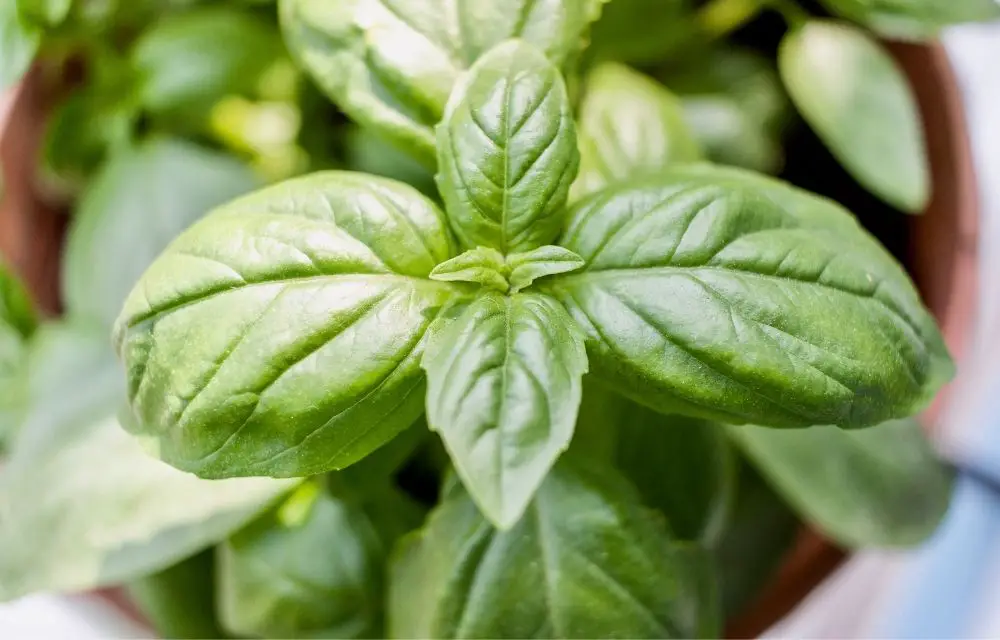
Basil
Basil plants are small plants that can be grown on a windowsill. Basil plants will release an aroma that is unpleasant to many types of insects including mosquitoes, snakes and flies. The scent released by the basil plant ranges from minty or liquorice-like smell for some plants. For other plants, the odour may be a floral scent.
Basil plants are great for repelling fruit flies and mosquitoes due to their strong scent which masks the odours of other plants, such as tomatoes or strawberries, attracting these pests. However, it has no effect on houseflies or horseflies.
The plants are easy to grow and maintain because they need little light or water. When in bloom the plant will attract pollinators such as bees with its showy flowers and produce leaves for herbal salads.
Parsley
Parsley plants are one of the easiest plants to grow and provide a great way to fight off pests such as flies. Parsley plants require little maintenance and can be grown in every season of the year indoors or outdoors depending on your preference. This herb has been used for centuries as an ingredient in food dishes but is also known to be a terrific fly deterrent.
To keep plants happy and free of flies, make sure to water plants regularly as parsley plants have no problem with dry spells provided they are watered at least once every two weeks.
Tansy
Tansy plants are very popular plants used for both indoor and outdoor gardening. Tansy plants have been praised by those who grow them, as they are incredibly easy to take care of. The plants only require watering every few days, but do best when watered once per day in hot weather or during the dry spells that may come with the plants.
Tansy plants are a great way to keep away flies and have been used for centuries as an ingredient in food dishes such to keep plants happy and free of flies, make sure to water plants regularly as tansy plants have no problem with dry spells provided they are watered at least once every two weeks.
Sage
Sage plants are beautiful plants that not only repel flies, but also moths and butterflies. They really come to life in the fall when they turn a deep purple colour. Since their flowers don’t last long, you’ll want to harvest them before frost sets in for winter. In order to do so, cut off branches with leaves and flowers and hang them upside down to dry in a cool, darkroom.
If you want to harvest the plants for culinary purposes, you can cut them off at ground level and use them as fresh green leaves or add dried sage plants to your favourite recipes. Sage plants are also used during Thanksgiving dinners since they’re one of the few plants that can be used to make a turkey, stuffing and all the fixings.
If you’re looking for plants that repel flies but love plants with flowers or fragrances, this is an excellent choice! Sage plants are also easy to care for as long as they have enough water and sunlight.
Lemongrass
Lemongrass plants were traditionally used to repel flies from dairy products. Lemongrass plants are also a natural insect repellent as they contain citronella oil and lemon eucalyptus oils which are both known for their fly-repelling properties. These plants can be grown indoors or outdoors, but because they are highly sensitive plants, it is important that they are watered regularly and not exposed to too much sun or cold.
Lemongrass plants can be grown indoors in pots with a well-drained potting mix as long as the roots don’t sit in water so make sure to keep them from sitting below the soil line. You can also grow them outdoors in the ground. If grown indoors, plants need to be dried off after watering and never fertilized or you’ll risk damaging the leaves.
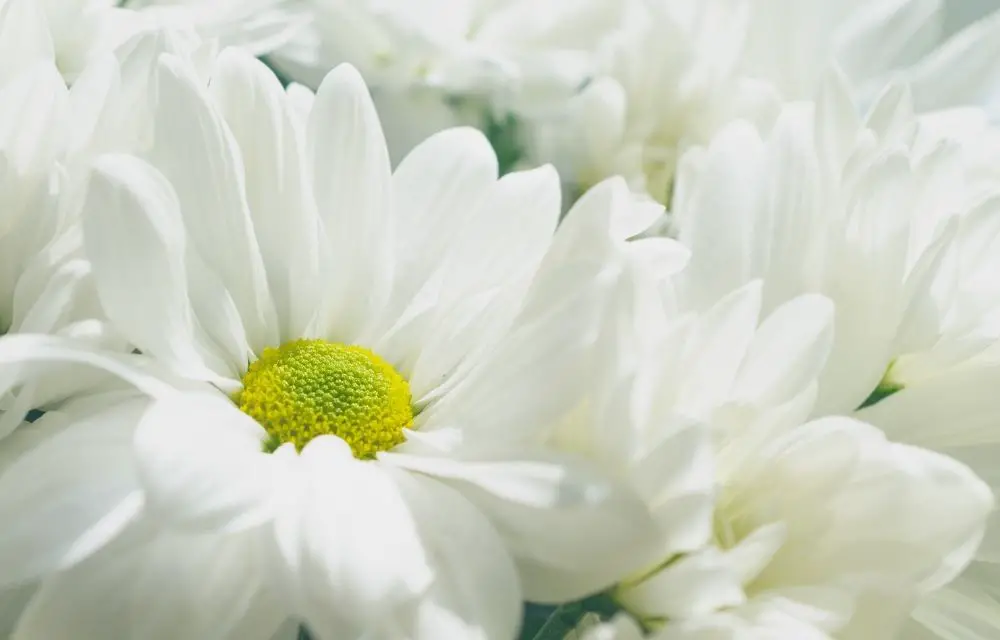
Chrysanthemum plants
Chrysanthemum plants are a favourite of many because they have flowers in so many different colours. These plants also happen to be highly effective at keeping flies away–even the most persistent types. And, when it comes time to prune them back, you won’t need any heavy-duty equipment; just use scissors or garden shears.
Plant chrysanthemums in a well-drained area with plenty of sunshine. They prefer to be planted about 18 inches apart, but plants will grow larger if given more space. Remove the dead flowers from plants every few days (or they’ll attract flies). To do so, simply grasp them between your thumb and forefinger and pinch them off.
Insects might try to eat plants, so make sure the plants are well watered and fertilized (but avoid using chemicals). And if plants don’t get enough water, you’ll need to move the pot closer to a sink or outdoors–don’t allow it to sit in standing water for too long.
Bay Leaves
The bay leaf is a culinary herb that plants and has been used for centuries in cooking. They are also one of the plants that repel flies because it emits an aromatic, subtle fragrance that naturally attracts insects while repelling them simultaneously. The leaves can be dried or fresh to make all kinds of dishes taste better. When crushed between fingers they emit a warm, citrus-like scent.
The bay leaf is also good for plants because it can be used as pest control outdoors and plants in containers indoors. Bay leaves will protect plants from many types of insects such as aphids, spider mites, cabbage worms, caterpillars and flies – including the housefly.
Bay leaves can be dried in a dehydrator, oven or with indirect sun and placed around plants to mimic nature. The bay leaf plant is fairly easy to care for if you remember these few tips:
- Expect it to grow about 12 inches tall indoors ~~ so plan accordingly when growing plants indoors
- Water plants well and then allow them to dry out before watering again ~~ this means about a week in between waterings
- Feed plants with organic fertilizer or compost tea every other month. If you notice pests, snap off infested leaves so the plant can focus on healing itself.
Plants that Repel Flies Frequently Asked Questions
What smell do flies hate the most?
Plants that repel flies often have plants with a strong, unpleasant smell. This is usually caused by the plants’ chemical make-up and can include substances such as carvacrol, citronella or eucalyptus oil. These plants are all very different from one another in their size, shape and care requirements but all have the same purpose of repelling flies. The plants that repel flies with these characteristics are lavender, catnip and peppermint plants.
Is there a plant that flies hate?
Yes! There are plants that repel flies. Some plants repel flies is because of their unique scents, pollen or leaves. Some plants may also have natural insecticide properties.
What is the best way to keep flies away?
Flies are attracted by many things, including food. They will fly around anything with a pleasant smell if it is in their area. There are plants and other methods you can use to keep them away from your home or business while still maintaining the cleanliness of your space.
What is the best natural fly repellent?
There are several plants in your garden that will help control mosquitoes naturally such as citronella grass (Cymbopogon nardus), lemon thyme (Thymus citriodorus), lavender (Lavandula angustifolia) and plants with colours other than green, such as yellow daisies (Chrysanthemum leucanthemun).
How do you make homemade fly repellent?
To make a homemade fly repellent, mix together two tablespoons of peeled garlic cloves and one tablespoon of dried rosemary in four cups of water. Add the mixture to a spray bottle filled with sixteen ounces of cold-pressed organic olive oil. Shake well before each use to evenly distribute all ingredients throughout the liquid. Spray on skin or clothes for up to two hours of protection.
Do Flies hate lemon?
Yes, flies hate lemon. The citrus smell in the fruit deters them from coming close to plants that can harm them. Lemons are a natural insecticide and they repel mosquitoes as well!
Conclusion
f you have been plagued with flies in your home or garden, we hope this list of plants may be helpful. You can add some to your space and enjoy the benefits they offer not only for aesthetics but also as a repellant against unwanted pests. Which plant would you like to try?
Related articles:


